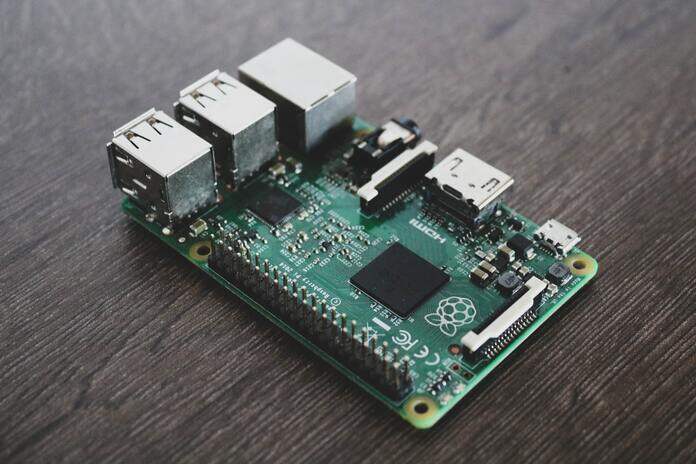Nvidia (NASDAQ:NVDA), a stalwart in the ever-evolving field of artificial intelligence (AI), is positioned as a formidable force, with its cutting-edge technology shaping industries and pushing the boundaries of what’s achievable. The company’s stock has surged an impressive 12,861% in the last decade, a testament to its dominance in the AI market.
Having consistently exceeded Wall Street’s earnings expectations in fiscal 2024, including a stellar Q3, Nvidia faces some China-related challenges. However, the company remains optimistic about future growth, especially in the second wave of AI. The first wave proved immensely favorable for Nvidia, propelling its stock to a remarkable 228% year-to-date gain, outshining the Nasdaq Composite’s 36% increase.
Looking ahead, the consensus on Wall Street is that Nvidia will experience further growth with the widespread adoption of AI. Even the CEO acknowledges the commencement of the “second wave” of AI. The question arises: Can Nvidia’s stock reach its ambitious high target price of $1,100 by the end of 2024?
Nvidia’s journey began with groundbreaking graphical processing units (GPUs) tailored for high-end PC gaming. These GPUs, particularly the high-performance H100 series, have expanded into various sectors, including AI, automotive, healthcare, and data centers. This expansion has driven revenue from $17 billion in fiscal 2021 to an impressive $33 billion over the trailing 12 months.
In Q3 of fiscal 2024, Nvidia reported exceptional results, with a revenue growth of 206% year-over-year and 34% sequentially, reaching $18.1 billion. Adjusted diluted earnings per share (EPS) surged more than six times from the previous year to $4.02. Notably, the data center segment witnessed a remarkable 279% revenue surge, and gaming revenue increased by 81%, contributing to the stellar performance.
Nvidia’s CFO Colette Kress addressed concerns about the Commerce Department’s restrictions on AI chip exports to China, stating that while these rules didn’t impact Q3 results, a drop in sales is anticipated in affected regions. However, management believes this will be offset by strong growth in other areas. To navigate these challenges, Nvidia plans to introduce a new AI chip compliant with export rules, albeit with a delayed launch.
The company’s partnerships with global giants like Dropbox, Foxconn, Reliance Industries, Infosys, and Lenovo, along with a diverse range of AI offerings, indicate a promising trajectory for hypergrowth in the coming quarters. Despite the headwinds, Nvidia’s CEO expressed confidence in the emergence of a major second wave in AI, emphasizing the need for every region and country to build their sovereign AI.
Analysts share a positive outlook, forecasting a substantial jump in EPS and revenue for fiscal 2024 and 2025. Nvidia’s dominant market position, standing at 80%, faces potential challenges from competitors like OpenAI, Microsoft, and Advanced Micro Devices entering the AI chip space.
Post-Q3 earnings, analysts from Truist, BMO Capital, Bank of America, Goldman Sachs, and others raised their target prices for NVDA. With a majority of analysts giving it a “strong-buy” rating, the average target price of $646.29 suggests a 34% upside potential over the next 12 months.
Trading at 24 times forward 2025 earnings and 13 times forward sales, Nvidia appears reasonably priced given its hypergrowth potential. Despite concerns, the company’s exponential growth prospects, especially in the expanding AI niche, make it an attractive option for growth-oriented investors. The high target price of $1,100 may seem ambitious, but the stock’s current position below its 52-week high presents an opportunity for investors who believe in Nvidia’s continued leadership in the AI race.
Featured Image: Freepik















